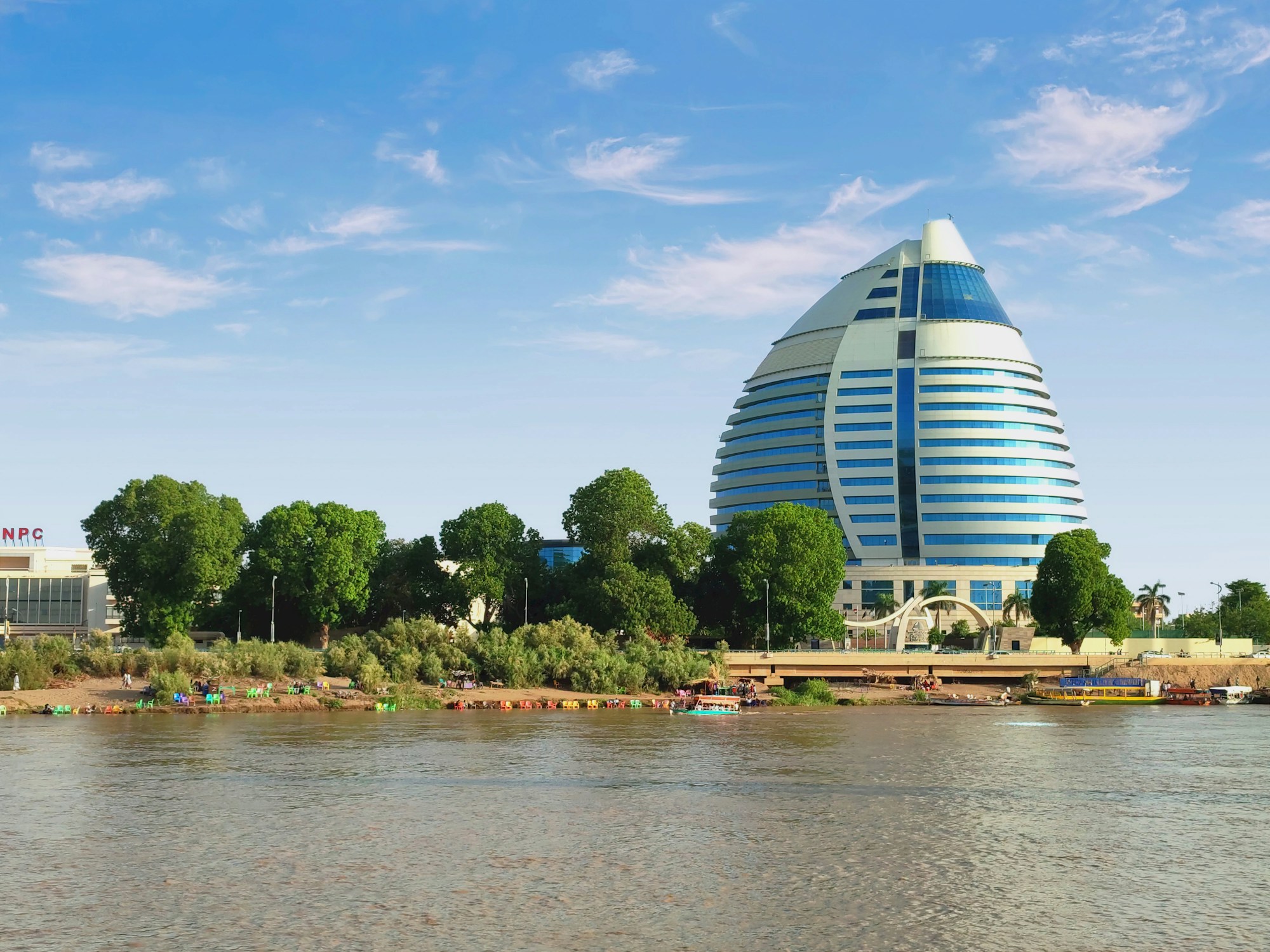Exploring Khartoum: A Guide to Must-See Attractions

Exploring Khartoum: A Guide to Must-See Attractions
1. National Museum of Sudan
The National Museum of Sudan, located in Khartoum, is a treasure trove of Sudanese history and culture. The museum has an extensive collection of artifacts, including ancient Egyptian artifacts, Nubian artifacts, and objects from the different Sudanese civilizations. Visitors can explore the various exhibits showcasing Sudan's rich heritage and learn about the country's history.
2. Tuti Island
Tuti Island is a picturesque island located where the White Nile and Blue Nile rivers merge to form the Nile River. It offers stunning views of the river and serves as a peaceful retreat from the bustling city. Visitors can take a boat ride to the island and enjoy leisurely walks, picnics, or simply relax by the riverside. Tuti Island is also known for its vibrant birdlife, making it a paradise for birdwatchers.
3. Omdurman Market
Omdurman Market is a vibrant and bustling market located in the city of Omdurman, just across the Nile from Khartoum. It is one of the largest markets in Sudan and offers a fascinating glimpse into daily life in Sudan. Visitors can wander through the maze of stalls selling everything from traditional Sudanese handicrafts to spices, clothing, and fresh produce. Exploring the market is a sensory experience, with the vibrant colors, aromas, and sounds immersing visitors in the local culture.
4. Presidential Palace
The Presidential Palace, also known as the Republican Palace, is an impressive architectural landmark located in Khartoum. While visitors cannot enter the palace itself, they can appreciate its grandeur from the outside and stroll through the beautiful palace gardens. The palace serves as the official residence of the President of Sudan and is an iconic symbol of the country's government.
5. Sudan National Opera House
The Sudan National Opera House, situated in Khartoum, is a cultural hub that showcases various artistic performances. The opera house hosts a range of events, including classical music concerts, opera performances, theater plays, and dance shows. Visitors can immerse themselves in Sudanese arts and culture by attending one of the captivating performances held at this magnificent venue.
6. Nile Street
Nile Street is a scenic avenue that runs along the banks of the Nile River in Khartoum. The street offers stunning views of the river, with lush vegetation and beautiful architectural buildings lining its path. Visitors can take a leisurely stroll along Nile Street, enjoy a riverside meal at one of the many cafes and restaurants, or simply relax on one of the benches while taking in the serene ambiance.
7. Friendship Hall
Friendship Hall, also known as the People's Friendship Hall, is an iconic landmark in Khartoum. The modernist-style building is renowned for its unique architectural design and serves as a venue for various exhibitions, conferences, and cultural events. Visitors can explore the hall's exhibits, which often showcase Sudanese culture, arts, and achievements, while also admiring the impressive architecture of the building itself.
8. Khartoum War Cemetery
The Khartoum War Cemetery is a solemn memorial located in Khartoum that honors the soldiers who lost their lives during World War II. The cemetery serves as a peaceful and reflective place, offering visitors the opportunity to pay their respects to those who made the ultimate sacrifice. The well-maintained grounds, beautiful landscaping, and serene atmosphere make it a place for quiet contemplation.
9. Al-Mogran Family Park
Al-Mogran Family Park is a popular recreational area situated at the confluence of the White Nile and Blue Nile rivers in Khartoum. The park offers a range of activities for families and friends, including picnic spots, playgrounds, walking paths, and a mini-zoo. Visitors can enjoy a day outdoors in a tranquil setting while taking in the panoramic views of the Nile rivers merging.
10. Khalifa House Museum
The Khalifa House Museum, located in Omdurman, is a historical museum that provides insight into the life and times of Abdullahi Al-Taaishi, the Khalifa who ruled Sudan in the late 19th century. The museum displays artifacts, photographs, and documents related to the Khalifa's reign, offering visitors a glimpse into Sudanese history. The traditional Sudanese architecture of the building adds to the cultural experience.
